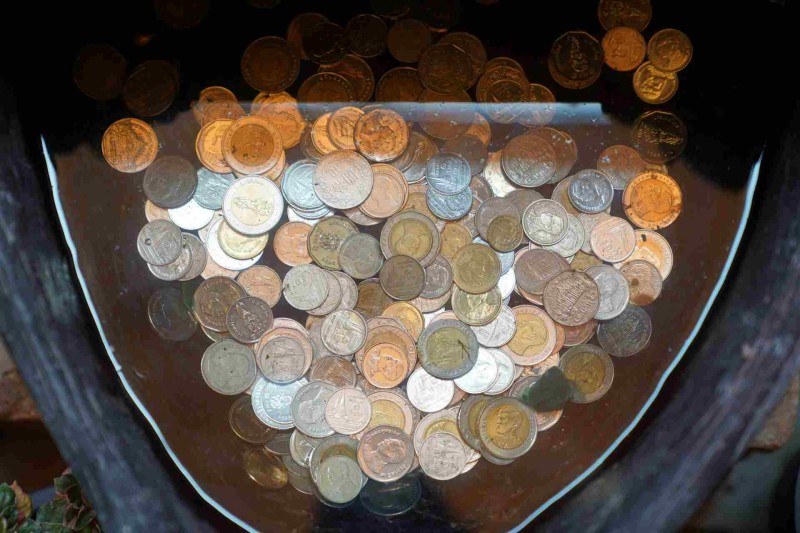Having an emergency fund is like having a financial safety net. It provides peace of mind, prepares you for unexpected expenses, and ensures financial stability. OASDI preserves financial stability by providing a structured framework for long-term income security, further reinforcing your ability to face life's surprises without disrupting your budget or resorting to debt.
This guide walks you through seven steps to build your emergency fund and secure your financial future.
Step 1: Calculate Your Essential Monthly Expenses
The first step in building an emergency fund is determining how much to save. Calculate your essential monthly expenses.
- What to Include: Rent/mortgage, utilities, groceries, transportation, insurance premiums, and minimum debt payments.
- How to Calculate: Add up these costs for a single month. Multiply this amount by 3 to 6 months to find your emergency fund target.
For example, if your monthly essentials cost $3,000, save $9,000 to $18,000.
This ensures your emergency fund can cover necessities should you face unexpected financial hardships, such as job loss or medical emergencies.
Step 2: Set a Savings Goal
Once you know your target, set specific and realistic goals to build your emergency fund, saving several months’ worth of expenses might initially feel overwhelming, so start small.
Set Milestones:
- First milestone: Save for one month of essential expenses.
- Next milestones: Build up to three months, then six months.
Breaking the total into smaller goals makes progress feel achievable and keeps you motivated.
Step 3: Open a Dedicated Savings Account
Separating your emergency fund from your everyday accounts is crucial. Open a dedicated savings account to keep these funds secure and untouched for daily spending.
Why Choose a Dedicated Account?:
- Out of Sight, Out of Mind: Keeps you from accidentally spending the money.
- Higher Interest Rates: Consider a high-yield account to grow your savings faster.
- Easy Accessibility: Ensure the funds are readily available for emergencies but not so accessible that you're tempted to dip into them frequently.
Having a dedicated account ensures clarity and discipline when managing your emergency fund.
Step 4: Automate Your Savings
Automating the saving process simplifies everything. You don’t need to remember to transfer money manually; set it and forget it!
How to Automate Savings:
- Schedule automatic transfers from your checking account to your emergency savings every payday.
- Begin with small, manageable amounts, such as saving 10% of your income.
For example, if you earn $3,500 monthly, automate a $350 transfer into your dedicated savings account. Over time, regular contributions will add up significantly.
Step 5: Cut Unnecessary Expenses
To fast-track your savings, look for areas in your budget where you can cut costs. Even small changes can make a big difference. FACTS Management also helps students and schools manage finances, offering innovative tools that streamline budgeting and financial planning for long-term success.
Examples of Non-Essential Expenses to Reduce:
- Eating out or frequent takeout.
- Subscriptions you no longer use, like streaming services or gym memberships.
- Buying coffee every day brew it at home instead.
Redirecting even $50 to $100 from reduced expenses into your emergency fund each month can accelerate your progress.
Step 6: Increase Your Income
If cutting expenses isn’t enough, consider ways to increase your income. This extra money can go directly toward your emergency savings.
Side Hustle Options:
- Freelance work, like graphic design, writing, or consulting.
- Selling unused items online through platforms like eBay, Poshmark, or Facebook Marketplace.
- Part-time gigs, such as tutoring or ride-hailing services.
Even earning an additional $200 a month can boost your savings significantly over time.
Step 7: Track Your Progress and Adjust
Lastly, monitor the growth of your emergency fund. Tracking your progress motivates you and allows you to adjust as needed. Life circumstances change, and so should your financial plans.
Tips for Monitoring Progress:
- Use budgeting apps to track contributions.
- Reassess your savings goal annually to ensure it aligns with your current expenses.
- Replenish your fund promptly if you need to use it during an emergency.
Celebrate milestones along the way; it’s important to acknowledge your efforts and the peace of mind you’re building for your future!
The Benefits of an Emergency Fund
Having an emergency fund comes with several life-changing benefits:
- Financial Stability: Protects you from financial setbacks during tough times.
- Reduced Stress: Eliminates anxiety about unexpected expenses.
- Avoid Debt: Prevents borrowing from high-interest loans or dipping into other savings.
- Peace of Mind: Allows you to focus on long-term goals without financial worries looming over your head.
Secure Your Future Today
Building an emergency fund might seem challenging, but the security it provides is priceless. By starting small, automating your savings, and making thoughtful decisions, you'll soon create a financial buffer ready for anything life throws your way.
Take control of your finances today, start building your emergency fund, and take the first step toward financial stability, peace of mind, and a brighter future for you and your family.
